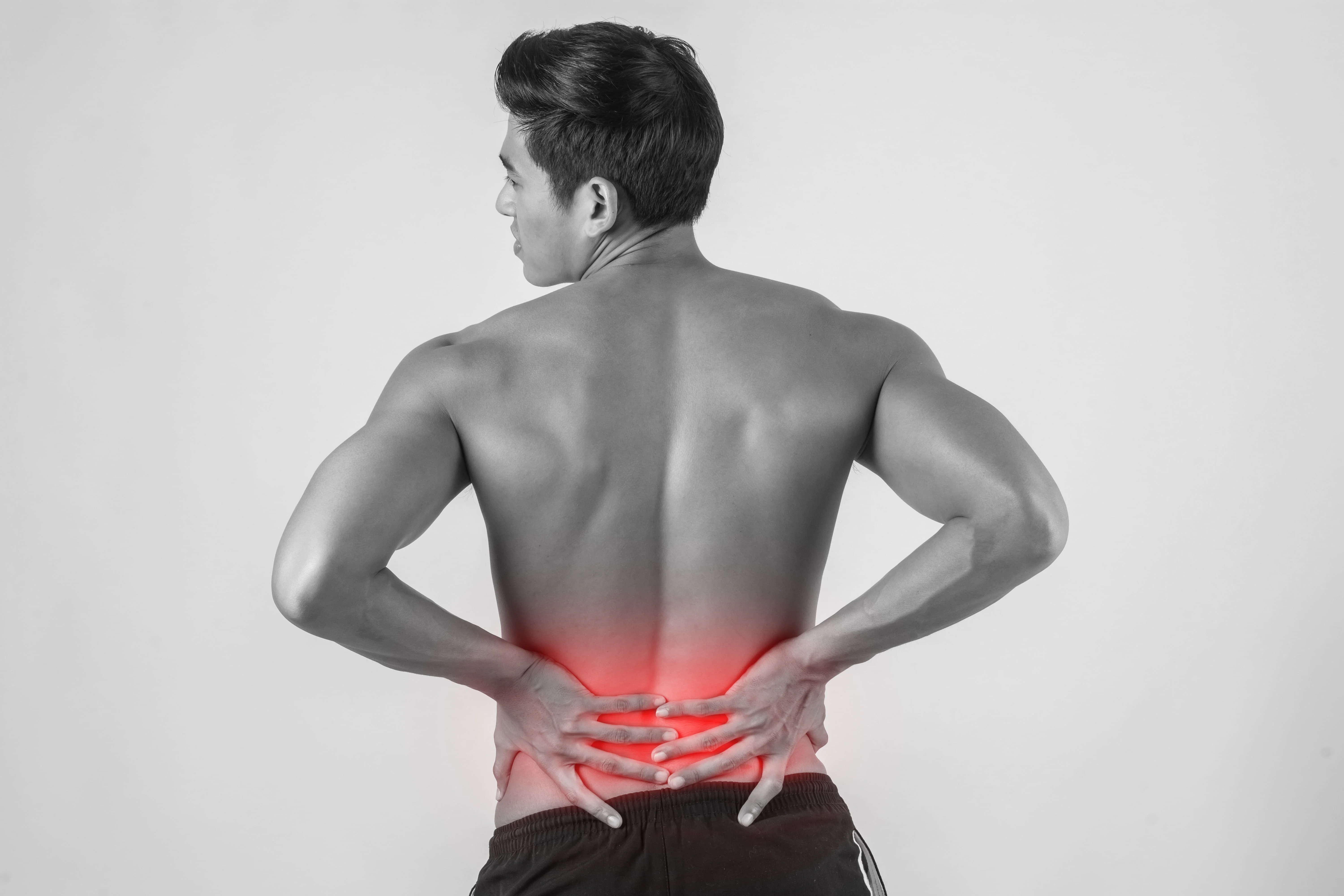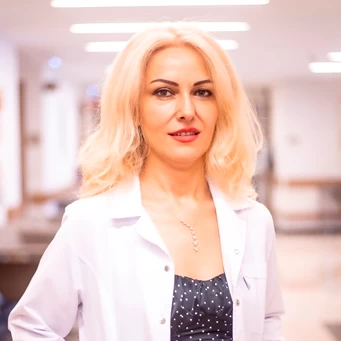What is Low Back Pain?
Low back pain is a painful condition felt in the lower back and surrounding areas, characterized by sensations such as aching, burning, or stabbing pain, which may be sharp or dull. The pain can radiate to the legs, hips, and heels in the form of aching, burning, tingling, or numbness.
The first step in assessing low back pain is to determine its characteristics. Pain that worsens with rest and at night suggests an inflammatory condition, whereas pain that worsens with prolonged standing or during the day is more likely to be mechanical.
Pain can originate from bones, cartilage, muscles, joint capsules, ligaments, discs, nerve sheaths, or blood vessels, and in some cases, the exact cause cannot be determined.
Types of Low Back Pain
- Acute Low Back Pain: This refers to pain lasting for less than six weeks. It may develop following a specific activity or injury, or it may occur independently of any known cause. Approximately 80% of individuals will experience significant low back pain at least once in their lifetime. In most cases, the pain subsides on its own, with nearly half of the cases resolving completely within two weeks. By six weeks, about 80% of people recover completely. However, 30% of cases may become chronic or recur. The primary expectation of patients with acute low back pain is rapid pain relief.
- Chronic Low Back Pain: Pain that persists for more than three months is classified as chronic. In cases of chronic pain, the possibility of a tumor must be ruled out. If the pain occurs at rest, especially at night, and is accompanied by unexplained weight loss, a tumor should be considered. It is also essential to differentiate between localized low back pain and radicular pain that spreads to the lower extremities. If the pain does not extend below the knee and is localized to the hip and front of the thigh, degenerative conditions are more likely. However, if the pain extends below the knee, toward the back of the calf and foot, nerve compression is suspected.
Causes of Low Back Pain
- Injuries
- Herniated Disc: This occurs when the outer protective layer of an intervertebral disc tears due to acute or chronic excessive strain, causing the disc to change shape and compress nearby nerves. Common causes include heavy lifting, prolonged bending, prolonged static postures, excess weight, chronic stress, and multiple pregnancies. Depending on the location and type of the herniation, either back pain or leg pain may be more prominent. It can lead to difficulty sitting, reduced walking distance, limited mobility, urinary incontinence, and even sexual dysfunction.
- Stress Fracture and Spondylolisthesis (Vertebral Slippage)
- Lumbar Spinal Stenosis: The spinal cord runs through the spine, transmitting sensory and motor signals to the legs and controlling bladder and bowel function. Conditions such as decreased disc height, thickening of the facet joint bones, joint capsule, or ligaments, as well as vertebral slippage, can narrow the spinal canal, leading to spinal stenosis. Typical symptoms include weakness or sensory loss in the legs, numbness, and tingling after walking a certain distance. Since bending forward or sitting increases the spinal canal diameter, symptoms may improve temporarily but will recur after walking a certain distance.
- Scoliosis: This condition involves an abnormal curvature of the spine in an "S" or "C" shape. Treatment includes appropriate exercises and injection therapies such as prolotherapy. Depending on the patient’s age, the severity of scoliosis, and whether nerve compression is present, surgical treatment may be considered.
- Infections
- Tumors
- Osteoporosis
- Rheumatic Diseases
- Stress
- Metabolic Conditions
Treatment Protocols for Low Back Pain
The treatment of low back pain is based on addressing the underlying cause. Methods include:
- Application of heat or cold therapy
- Postural correction
- Healthy nutrition and weight management
- Proper footwear selection
- Regular sleep patterns
- Physical Medicine and Rehabilitation interventions
- Customized exercise programs (for Herniated Disc, Scoliosis, Postural and Mechanical Disorders)
- Prolotherapy, PRP, Neural Therapy, and Ozone Injections
Prolotherapy Injections: These involve the use of dextrose serum solutions and PRP (Platelet-Rich Plasma obtained by centrifugation of blood). This method strengthens the ligament structures of the lower back and helps retract the herniated disc, potentially reducing or eliminating the herniation. It is a recommended treatment for all disc herniation patients before considering surgery.
Neural Therapy Injections (Neuroprolotherapy Injections): These involve injecting normal saline or 5% dextrose solutions, often mixed with a local anesthetic, into the muscles along the spine, superficial nerve projections on the skin, or around nerves passing through fascial layers. Neural therapy provides rapid and effective results for acute low back pain. Neuroprolotherapy is a similar injection-based technique used to treat both acute and chronic low back pain.
Ozone Injection Therapy is another complementary treatment option for low back pain.
In this discussion, we have focused on rehabilitation approaches to managing low back pain. However, if patients experience progressive muscle weakness, foot drop, sensory deficits, or severe nerve compression with persistent pain, surgical treatment options should be considered.
Dr. Elif BERBER, M.D.
Specialist in Physical Medicine and Rehabilitation


